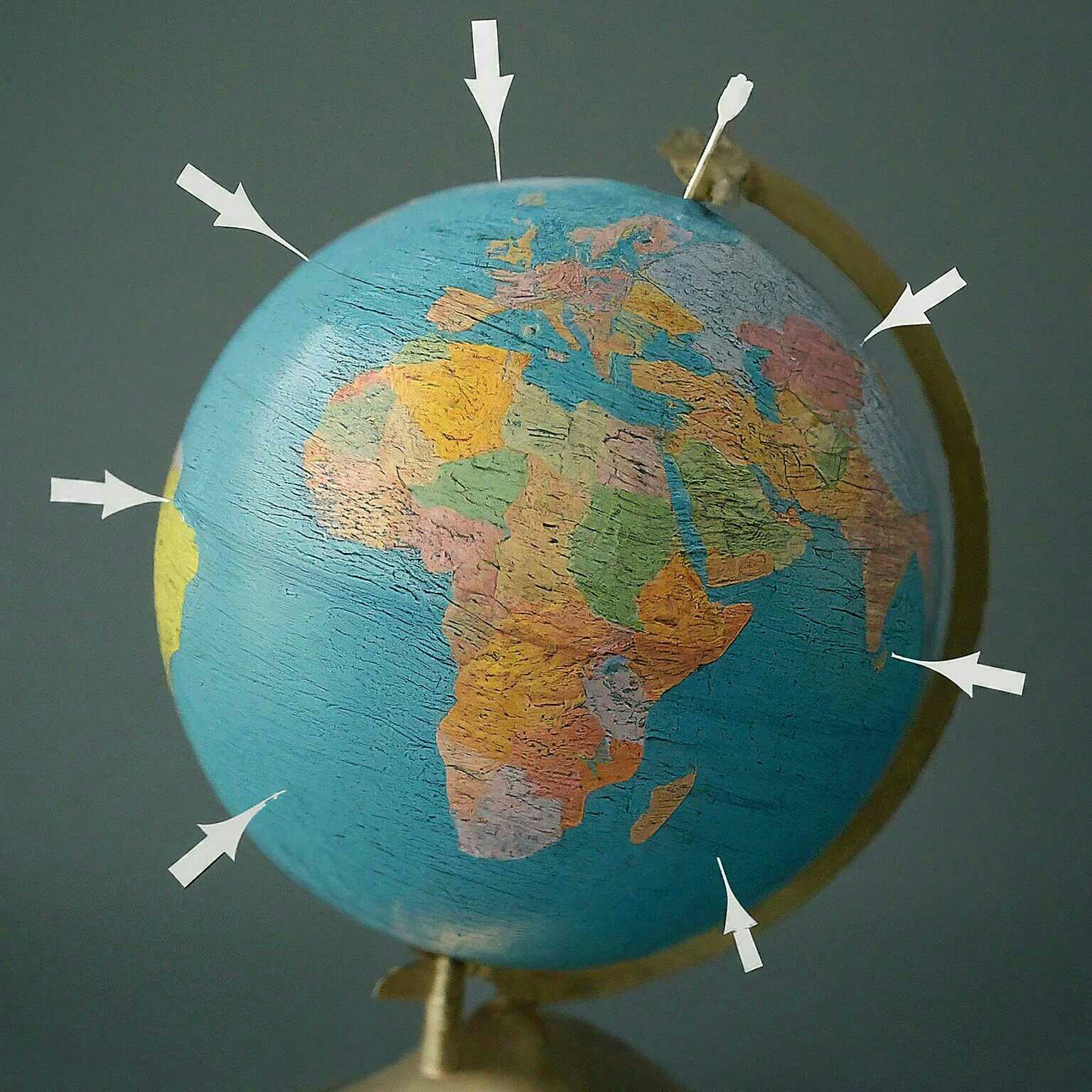Chasing Ghosts and Gold: The Truth Behind America’s Lost Treasure Tales
Key Takeaways
Many lost treasure stories in America are based on real events, but some are just myths.
Treasure legends often connect to big moments in U.S. history, like wars, pirates, and gold rushes.
The search for treasure has shaped business, inspired industries, and attracted investors.
Some treasures have been found, but many remain hidden or may never exist at all.
America's Lost Treasures: Fact or Fiction?
Imagine stumbling upon a chest full of gold coins, hidden deep in the woods. Your heart races. Your hands shake. The idea of lost treasures buried across America has sparked dreams for centuries. Some say these stories are true. Others call them tall tales. But why do these legends refuse to fade away?
The Allure of Hidden Riches
People love stories about sudden wealth. The promise of treasure can change lives overnight. These tales often start with real events. Pirates, outlaws, and soldiers once roamed the land. They carried gold, silver, and jewels. Sometimes, they hid their loot to keep it safe. Sometimes, they never returned.
Real Treasures Found
Not all treasure stories are make-believe. The SS Central America, a ship loaded with gold, sank in 1857. It took more than a century, but explorers finally found its cargo at the bottom of the Atlantic. The gold was worth millions. In other cases, treasure hunters have dug up coins, jewels, and even ancient artifacts in unexpected places.
Legends That Refuse to Die— Gold in the Shadows: America’s Most Mysterious Lost Treasures
Some treasure tales are still unsolved. The Lost Dutchman’s Mine in Arizona is one of the most famous. People have searched the Superstition Mountains for gold for over a hundred years. Many have vanished or met strange ends. No one has ever found the mine, but the legend keeps growing.
Another story is the Beale Ciphers. In the early 1800s, Thomas Beale supposedly buried gold and silver in Virginia. He left behind coded messages. Only one cipher has been solved. The rest remain a mystery. Some say the treasure is real. Others think it’s a clever hoax.
Civil War Gold and Outlaw Loot—From Pirate Gold to Outlaw Loot: Are America’s Hidden Fortunes Real?
The Civil War left behind many secrets. Confederate soldiers are said to have buried gold and silver across the South. One famous legend involves John Singleton Mosby, a Confederate ranger. He buried a sack of gold in Virginia. His men were captured before they could recover it. The treasure is still missing.
Jesse James, the famous outlaw, is also linked to hidden loot. He robbed banks and trains across the Midwest. Some believe he buried gold in the Wichita Mountains of Oklahoma. Treasure hunters still search for it today.
Pirates and Sunken Ships—Buried Riches and Broken Maps: The Untold Stories of U.S. Treasure Legends
Pirates like Blackbeard and Captain Kidd are part of American treasure lore. Blackbeard sailed the Atlantic Coast, attacking ships and collecting riches. He never revealed the location of his treasure. People have searched beaches and islands for clues, but the gold remains lost.
Shipwrecks also hold secrets. Spanish galleons carrying gold from the New World often sank in storms. Divers have found some of these wrecks off the coast of Florida. The treasures recovered are worth millions.
Modern Treasure Hunts
Treasure hunting isn’t just for the past. Today, people still search for hidden riches. Some entrepreneurs even create new hunts. Jon Collins-Black, a Bitcoin millionaire, hid five treasure chests across the U.S. Each chest contains rare coins, gold, and collectibles. He wrote a book with clues to their locations. The hunt is open to anyone with curiosity and imagination.
Other companies have hosted treasure hunts for cash prizes. These events attract thousands of people. They boost local economies, bring in tourists, and create excitement.
The Business of Treasure
Treasure legends have a big impact on business. They inspire movies, books, and TV shows. They drive sales of metal detectors, maps, and adventure gear. Local towns use treasure stories to attract visitors. Some museums display found treasures, drawing crowds and boosting revenue.
Investors sometimes fund treasure hunts. The hope of a big payoff can be tempting. But treasure hunting is risky. Many hunts end with nothing found. Some turn out to be scams. It’s important to check facts and trust only reliable sources.
Are the Legends Real?
Some treasures are real. Others are just stories. Many legends mix fact with fiction. Historians, archaeologists, and treasure hunters often disagree. Sometimes, new evidence comes to light. Sometimes, the truth stays buried forever.
But the real value of these stories isn’t just in gold or silver. It’s in the hope, adventure, and wonder they bring. Treasure legends connect people to history. They spark curiosity and inspire dreams.
Call to Action
If you feel the urge to chase adventure, start by learning the history behind each legend. Use trusted sources. Stay safe. Never trespass or break the law. Remember, the real treasure may be the journey itself.
Bonus Tip
Want to start your own treasure hunt? Try metal detecting in public parks or beaches. Always follow local rules. You might not find gold, but you could discover something special.
FAQs
Are there really lost treasures in America?
Yes, some lost treasures have been found. Many remain missing. Some stories are real, while others are myths.
Can anyone join a treasure hunt?
Most treasure hunts are open to everyone. Some require buying a book or map. Always check the rules and stay safe.
Why do people believe in treasure legends?
Treasure stories are exciting. They offer hope for quick riches. They connect people to history and adventure.
What’s the biggest treasure ever found in the U.S.?
The SS Central America shipwreck recovered gold worth over $40 million. Other finds include coins, jewels, and artifacts from shipwrecks and old settlements.






Comments
Post a Comment